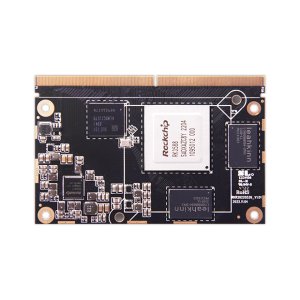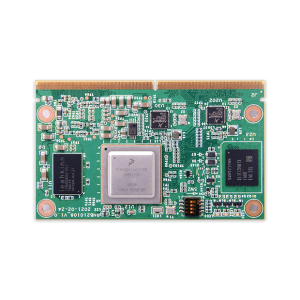Understanding System on Module (SoM) and Its Applications in Embedded Systems
Understanding System on Module (SoM) and Its Applications in Embedded Systems
Blog Article
Side processing has emerged as a revolutionary trend in the tech market, enabling faster data processing and paid down latency by taking computational power nearer to wherever information is created. A key innovation advancing this change is the increase of system on module manufacturers which are lightweight, successful, and versatile processing items built to incorporate effortlessly into customized equipment systems.

The Position of Pc on Modules in Side Processing
Pc on Modules have grown to be fundamental in side processing for their ability to streamline electronics design while sustaining sturdy running capabilities. According to a recently available report by MarketsandMarkets, the world wide side computing market is predicted to cultivate from $40.84 thousand in 2021 to $132.11 thousand by 2026, with COMs playing an important position in this expansion.
These segments are particularly impactful in industries requesting real-time data examination at the edge. For instance, the transportation industry employs COMs in autonomous cars for real-time decision-making, while clever cities use them to control techniques like traffic flow and energy distribution.
Compact and Functional Design
One of the standout features of Pc on Segments is their lightweight and modular design. This allows designers to incorporate high-performance computing power in to edge units without the need for extensive equipment redesign. A study by IoT Analytics unearthed that 68% of businesses employing IoT answers consider modular equipment like COMs crucial for fast deployment and scalability.
COMs also support personalized configurations, making them suited to a wide selection of applications, from industrial automation to healthcare. Their capability to adapt to specific needs is just a operating force behind their use in edge research systems.
Power Efficiency and Efficiency
Side computing products frequently run in settings with limited energy resources. COMs handle that problem by providing enhanced energy efficiency without reducing on computational strength. A examine by Allied Market Research highlighted that energy-efficient side research options are expected to take control the segment through 2030, placing COMs as a vital aspect for achieving this goal.
Also, with breakthroughs in processors and incorporated artwork, COMs now produce the performance needed for AI-driven programs at the edge. This not merely promotes real-time features but also reduces dependence on centralized cloud systems.
Why the Potential Goes to COMs
With worldwide knowledge generation projected to attain 175 zettabytes by 2025, side research is placed to be more essential than ever. Computer on Modules provide an convenient, energy-efficient, and scalable answer for running this influx of data. Their relevance across diverse groups like healthcare, production, and telecommunications only underscores their critical role in shaping the ongoing future of edge computing.
COMs are no more only a technological trend; they're the backbone of next-generation side systems driving innovation and performance over the globe. As the need for side computing continues to grow, so will the value and impact of COMs in that rapidly developing landscape. Therefore, it's safe to express that Pc on Adventures are here to keep and will keep on shaping the ongoing future of side computing.

Conclusion
Edge computing is transforming the way in which we process and employ information, with Pc on Segments at the forefront with this revolution. Their lightweight design, versatility, energy performance, and performance make them a perfect alternative for control real-time information at the edge. As industries increasingly rely on side research due to their operations, COMs can perform an essential position in driving creativity and performance in these systems. Report this page